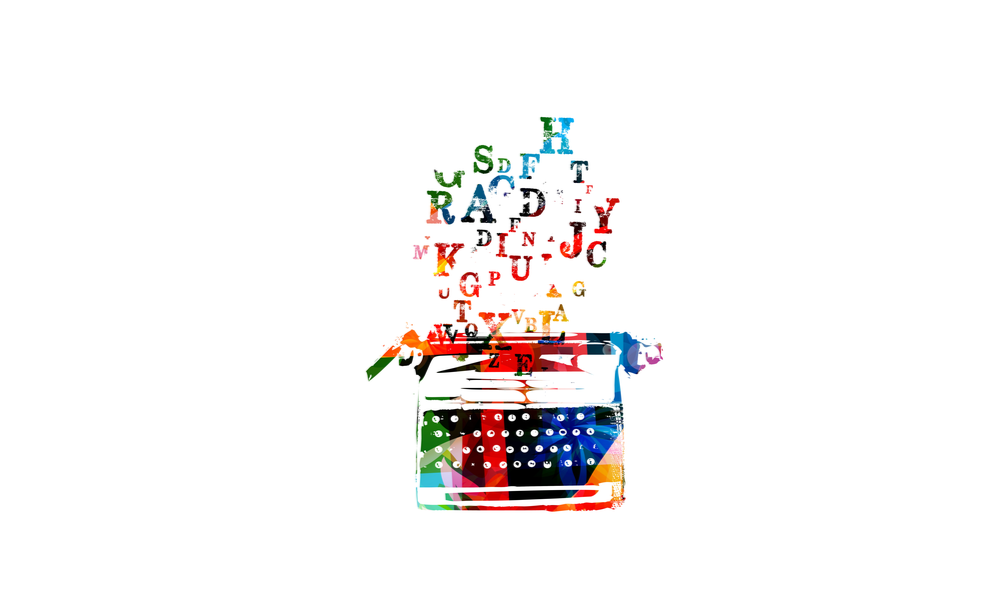Reduce Word Count for Clarity and Style

Writing is a valuable skill for many positions. Whether it is filing a report or creating a blog post, style matters for the written word. Before you post your next essay, you may want to look it over and see if you can simplify it. Learning how to reduce your word count will help your writing make an impact on the reader.
Reasons to Use a Reduce Word Count Tool
We developed Word Counter to help authors track the number of words, sentences and paragraphs in their documents. More is not always better, and a reduce word count generator can keep your writing focused. There are several reasons why reducing your word count can be a wise strategy.
Essay Requirements
Professional essays often have a minimum word count, but they may also have a maximum limit. If you get to the end of your prose and discover the need to cut it down, turning to a reduce word count online tool will aid the process. With careful examination, you can edit the essay to the proper size.
Improved Clarity
Imposing a maximum word count for your writing will improve your article’s focus. The more words you use, the more likely it is that you will go off-topic. If the essay becomes too lengthy, readers may lose sight of your main point. When you are writing to share an idea, shorter is almost always better.
Engaged Readers
There are many reasons for writing. Storytelling and creative writing projects may demand an expanded vocabulary with descriptive words. However, essays and reports written for the business or scientific worlds demand brevity. Readers have a limited amount of time to gather and interpret facts. Working with a reduce word count generator will help you write prose that your colleagues will appreciate.
Tips for Reducing Your Word Count
It can be difficult to turn ideas in your head into words on a page. The temptation to over-explain is strong. Your train of thought can become distracted by tangential ideas that muddy your logic. Taking steps before and after you write will tighten your prose.
Use an Outline
For professional writing, starting with an outline is a productive strategy. Planning your essay out ahead of time will organize your thoughts and give you direction. It will also prevent you from skipping over important steps in your thinking. For SEO concerns, an outline will also give you a sense of where to place keywords and headers in the text.
Understand Your Arguments
In a persuasive essay, you start by developing a series of arguments. When placed in proper order, these ideas will lead the reader to reach the desired conclusion. However, some arguments are stronger than others, and some cover the same territory. When you think through your arguments before you start typing, you can eliminate the statements that are repetitive or weak.
Use Active Verbs
Editors have a preference for the active over the passive voice. Active verbs make writing more engaging. For reducing your word count, the active voice uses fewer words. When you are trying to cut those last few words, “Linda gave the bag,” is simpler than, “The bag was given by Linda.”
An online thesaurus or another list of synonyms will also help you cut words while improving your text. The English language has a wide variety of descriptive verbs. “He sped to the store,” conveys much the same meaning as “He ran as fast as he could to the store.”
Look for Redundancies
It is not unusual to repeat ideas when writing. If a statement is important, it is natural to want to give it emphasis. In spoken performance, repetition helps people remember the idea. In writing, such redundancies can be tedious. If you can remove a sentence without changing the meaning of your text, it is unnecessary.
One of the benefits of Word Counter is its ability to show you how often a word appears in your text. This feature will help you avoid repetition and make your writing more interesting.
Avoid Filler
People use filler words and sounds to let their brains catch up to their mouths when speaking. Writers may do the same when they sit at the keyboard trying to create the next sentence. Sometimes, transitional words like however, but and yet help present an argument. Other phrases like in fact, indeed or in other words take up space.
The same concern arises around unnecessary adjectives and adverbs. When reducing your word count, see if you can remove such words without affecting the meaning.
Resources to Reduce Word Count
Word Counter is a reduce word count tool for keeping track of the words in your next project. Other tools are available to improve your style and reduce word count.

The Elements of Style
The Elements of Style by William Strunk and E.B. White has been a standard for authors since its publication in 1918. While some approaches to the written word have changed in the digital age, this book still offers many helpful lessons for any writing situation. The authors give a strong focus on how to write concise sentences.
Grammarly
Grammarly is an online tool to reduce word count. The free site will point out spelling mistakes, missing words and other errors. It also offers options for fixing wordy phrases. A paid subscription provides in-depth writing suggestions.
The Hemingway App
Ernest Hemingway was a 20th-century author known for his sparse style. The online app that shares his name analyzes your text and points out verbs in the passive voice, unnecessary adverbs, and general errors.
Slick Write
Slick Write is a free online service that analyzes your text for readability. After pasting the document into the app, it will grade it for ease of reading, complexity and style. This online critique will give you a place to start when refining your text.
Get an Unbiased Opinion
One of the best ways to improve your writing is to have someone else read it. Whether it is a professional editor or a helpful friend, a second opinion will let you see the places where you can reduce word count.